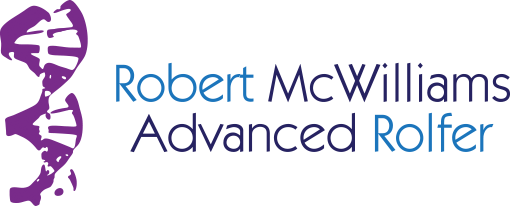One of the things I do for me on a weekly basis is work – or ‘work out’, or ‘play’ – in a dance studio in Boulder. I often end up exploring a particular principal of body movement. It’s a habit from teaching dance ( which I hope to be doing again in addition to my Rolfing® Structural Integration and Rolf Movement® practice, somewhere, soon).
Today I got particularly curious about the upper back and shoulder girdle. Facilitating, coordinating and freeing that area is hugely important for movement, from successful execution of technically complex dance moves to increased ease and comfort in the everyday. It feels like the way the proper tension on the cable rigging on a sailboat helps to control the sails. The difference is of course we have legs that are pushing against the ground or floor (usually), but there is a clarity of angle of body alignment that allows muscles of the spine, hips and legs to fire more optimally in contact with the earth, or when swinging freely.
My theory is that the development of balletic “epaulement”, which is about the use of the shoulders, arms and back, helped to unleash the full power of hips and legs in pointe work, jumping and turning in ballet. In martial arts technique , it seems to me that it is the coordinated use of the legs and arms with the back and hips that gives it power, more than brute strength. Essentially, technique in movement is about increasing the mastery of leverage. I didn’t write ‘mastering leverage’ on purpose, as that sounds impossible unless you are Super(person). There’s always more.
The movement I started with involves bending forward, reaching the elbow up behind me as high as it will go, then fluidly rotating the whole shoulder to lift the arm over my head ( which brings me upright), or open it behind me, and variations on that theme to extend my range of motion and increase supple control. The main muscles engaged in the upper back, ranging from but not limited to teres major/minor, posterior deltoid, infraspinatus to rhomboids, serratus posterior, are some of the main ones that tend to atrophy with age. They help us pull the arm behind in what’s called extension of the shoulder, coordinating with other back muscles to help the upper back to remain vertical.
When these muscles around the rotator cuff muscles in back are toned, and the muscles in the front and sides are opened (pectoralis major and minor, bicep attachments, anterior deltoid, serratus anterior) this counters a natural slouch we all fall into with age. The chest muscle ( pectoralis minor) tends to thicken and pull us forward, and the back muscles tend to atrophy from lack of use. We want to keep working to open that. More balanced muscles around the shoulder also takes strain off of the muscles that move our ribs in breath ( I am thinking mainly of serratus anterior here). More coordinated shoulders help us to breathe easier!
I guess the way I go about this would look kind of “dancey” when I do it. In case this sounds a little frivolous to you, I think it’s also important to understand the kind of power this freedom and coordination at the shoulder can make available. There’s been a popular video floating through Facebook showing a guy spending a long time up in a single arm handstand, slowly moving is perfectly stretched legs and more. Watching this, I noticed the fluidity and ease with which he moved his arms as he transferred from one side of his handstand to the other. That is strength!!
Because his shoulder joint is so free, his point of balance is closer to the center line than someone who had a tighter shoulder joint would be able to accomplish. When movement is accomplished from a fulcra ( think of the center of a teeter totter) closer to the center line, it takes less work, making it more ( seemingly) effortless to the viewer. I also think that is one of the keys to Fred Astaire’s apparent diffident ease in the most difficult dance passages. In that sense he was ‘more centered.’ I also know from accounts from those who worked with him that he was a real task master. Some times it takes a lot of work to make things easier!
So, working to create a freer, more supple and better coordinated shoulder girdle and upper back helps all of us, to walk, run, breathe, dance, sit in a more ‘effortless’ way ( seemingly).
(303) 887-6764 (in Colorado)
robmcwilliams@mac.com
